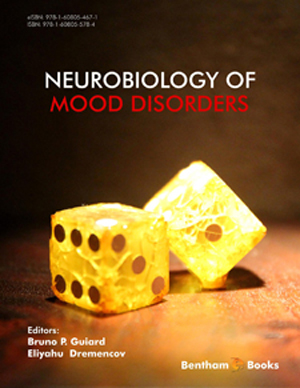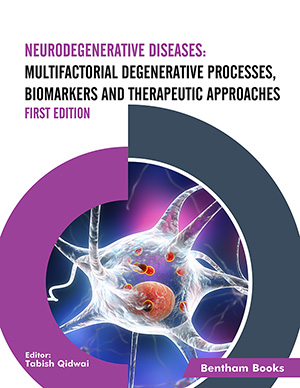Abstract
The serendipitous discovery of the antidepressant potential of inhibitors of monoamine oxidase (MAO, protein facilitating catabolism of the monoamines) in 1950 led to the development of the monoamine theory of depression. This theory was based on the correlation between the buildup of monoamines serotonin (5-HT), norepinephrine (NE) and dopamine (DA) in CNS, achieved with blockade of their cellular degradation by the above pharmacological agents, and the observed antidepressant effect. While the role of norepinephrine and serotonin in the pathophysiology and/or treatment of depression received a significant attention and was studied in detail in years following that discovery, DA remained a ‘forgotten child’ for some time. In past two decades, however, the relationship between the function/state of the DA system and depression has been studied from various perspectives.
This section will be devoted to the review of evidence suggesting the important role of the DA system in pathophysiology and/or treatment of depression. The main features of DA system neuroanatomy and neurotransmission, critical for the proper understanding of physiological basis of depression, its treatment and applicable research methods, will be outlined. The focus will be made on the principal findings elucidating the involvement of DA in etiology of mood disorders, particularly depression. The findings from both clinical and animal studies will be discussed.
Keywords: Dopamine (DA), serotonin (5-HT), norepinephrine (NE), depression, ventral tegmental area (VTA), tricyclic antidepressant drugs (TCA), selective serotonin reuptake inhibitors (SSRIs), electrophysiology, dopamine-1/2 (D1/D2) receptors, dopamine transporter (DAT), serotonin-2C (5-HT2C) receptors.














